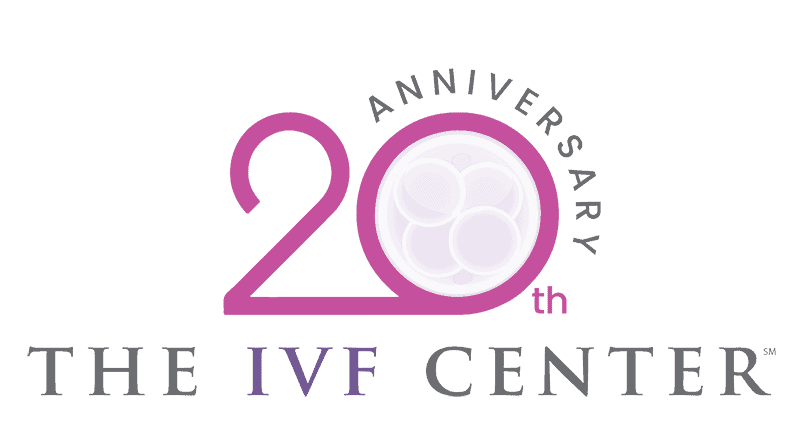
- When Are You Most Fertile?
- Understanding the Menstrual Cycle
- Recognizing Signs of Fertility
- Tracking Your Menstrual Cycle
Understanding your fertility and identifying the most fertile days of your menstrual cycle means everything when trying to conceive.
Knowing when you’re most fertile can significantly increase the chances of achieving pregnancy for individuals and couples who are actively planning to start a family, and you’ll likely want to change your schedule when trying to have a baby.
Here are some tips for understanding the optimal time for conception, as well as other essential details about your menstrual cycle and how that affects your time of fertility.
When Are You Most Fertile?
 A woman is typically most fertile during the ovulation phase of her menstrual cycle. Ovulation usually occurs around the middle of the menstrual cycle, typically about 14 days before the start of the next menstrual period. However, the exact timing can vary among women and from one menstrual cycle to another.
A woman is typically most fertile during the ovulation phase of her menstrual cycle. Ovulation usually occurs around the middle of the menstrual cycle, typically about 14 days before the start of the next menstrual period. However, the exact timing can vary among women and from one menstrual cycle to another.
Several methods can be used to estimate the timing of ovulation:
Menstrual Cycle Tracking: If a woman has a regular menstrual cycle of 28 days, ovulation is often presumed to occur around day 14. However, many women have cycles that are shorter or longer.
Basal Body Temperature (BBT) Charting: Basal body temperature rises slightly after ovulation. By tracking daily temperatures, women can identify a pattern and predict when ovulation will likely occur.
Ovulation Predictor Kits (OPKs): These kits detect the luteinizing hormone (LH) surge preceding ovulation. The surge usually occurs 24-36 hours before ovulation.
Cervical Mucus Changes: During ovulation, cervical mucus often becomes clear, slippery, and more stretchy, resembling egg whites.
If a woman is trying to conceive, these methods can help identify the most fertile window, but they could be more foolproof. For precise fertility tracking and family planning, it’s advisable to consult with a fertility specialist.
Length of Menstrual Cycle and Ovulation
A normal menstrual cycle interval is considered 21-35 days and is calculated from the first day of full flow until the next month’s first day. In practical terms, a regular cycle interval is 24-34 days with minimal variation among cycles, namely 2-3 days.
While regular ovulation (the release of a mature egg from an ovary) results in monthly menstrual cycles, regular monthly bleeding does not always result from ovulation.
Fortunately, monthly cycles will assist a couple in conceiving, particularly with the assistance of an ovulation predictor kit to signal impending egg release.
Studies have shown when a couple has daily to every other day intercourse within the six days preceding ovulation; then they have the highest chance of conceiving.
Irregular menstrual cycles are often a sign of a hormonal balance, so prompt consultation with your doctor is recommended.
Understanding Phases of the Menstrual Cycle
The menstrual cycle refers to the hormonal changes in a woman’s body each month to prepare for a potential pregnancy. It typically lasts about 28 to 32 days, although variations are common. The cycle is divided into several phases: menstruation, the follicular phase, ovulation, and the luteal phase.
- Menstruation: The first phase of the menstrual cycle is menstruation, which involves the shedding of the uterine lining. It usually lasts for about 3 to 7 days.
- Follicular Phase: Following menstruation, the follicular phase begins. During this phase, follicle-stimulating hormone (FSH) stimulates the growth of follicles in the ovaries, each containing an egg.
- Ovulation: Ovulation is the most fertile period of the menstrual cycle. It occurs when a mature egg is released from the ovary and travels through the fallopian tube, ready for fertilization. Ovulation typically happens around the 14th day of a 28-day cycle, but it can vary depending on the length of your cycle.
- Luteal Phase: After ovulation, the luteal phase begins. This phase involves the release of progesterone, which helps prepare the uterus for a potential pregnancy. If fertilization does not occur, the uterine lining starts to break down, leading to menstruation.
Recognizing Signs of Fertility
 Several signs can indicate that you’re approaching or experiencing your most fertile days. By paying attention to these signs, you can enhance your chances of conceiving:
Several signs can indicate that you’re approaching or experiencing your most fertile days. By paying attention to these signs, you can enhance your chances of conceiving:
- Cervical Mucus Changes: The appearance and consistency of cervical mucus can vary throughout your menstrual cycle. As you approach ovulation, the mucus typically becomes clear, slippery, and stretchy, resembling the consistency of egg whites. This mucus facilitates sperm movement through the cervix and into the fallopian tubes.
- Basal Body Temperature (BBT) Changes: Basal body temperature refers to your body’s lowest resting temperature. Tracking your BBT can help identify patterns and pinpoint ovulation. Before ovulation, your BBT is typically lower, but it rises slightly after ovulation due to increased progesterone. Tracking your BBT over several cycles can help determine your fertile window.
- Ovulation Pain or Mittelschmerz: Some women experience mild discomfort or pain on one side of the lower abdomen during ovulation. This is known as mittelschmerz and can serve as a sign of fertility.
- Ovulation Predictor Kits (OPKs): Ovulation predictor kits are available over the counter and help detect the luteinizing hormone (LH) surge that occurs just before ovulation. These kits resemble home pregnancy tests and can better predict your fertile window.
If you are struggling to conceive or have concerns about your fertility, make an appointment with The IVF Center with a fertility specialist who can provide personalized guidance and support on your journey to parenthood.






